Zero-Click Shopping: How Autonomous Ecommerce is Revolutionizing Retail
25 Oct 25 

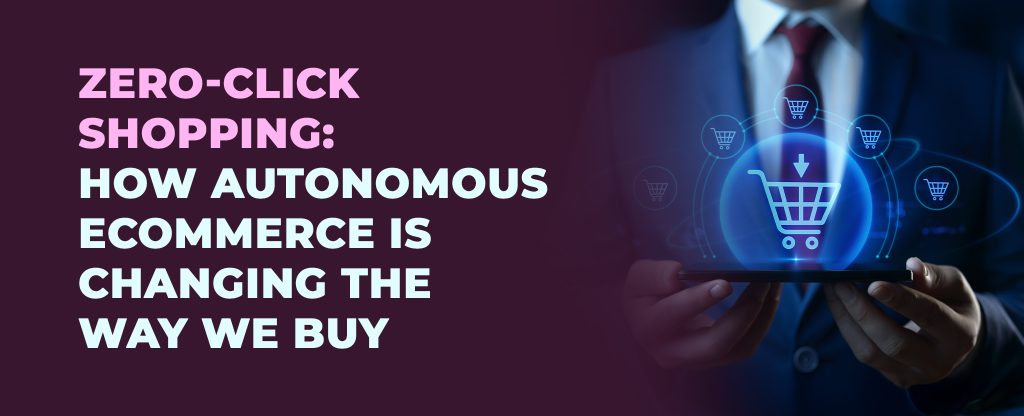
Online shopping is changing. People are now buying products without visiting websites, clicking checkout buttons, or manually entering payment details. This is zero-click shopping, and it’s becoming the new standard in ecommerce.
Here’s why this matters: 70% of online shoppers abandon their carts, mostly because checkout is too complicated. Zero-click shopping removes these steps entirely. You speak to a voice assistant, and your order is done. Your smart fridge orders milk when you’re running low. Your subscription adjusts itself based on how fast you actually use products.
This shift from traditional online shopping to automated purchasing is creating new opportunities for businesses and changing what customers expect from every brand.
Key Highlights
- Zero-click shopping removes up to 90% of traditional purchase steps
- AI predicts what customers need with 85%+ accuracy
- The autonomous commerce market will reach $45 billion by 2030
- Smart speaker purchases increased 320% in three years
- Brands using this technology see 45% higher customer retention
What is Zero-Click Shopping?
Zero-click shopping lets customers buy products with minimal or no manual input. Instead of browsing websites and filling out forms, purchases happen through voice commands, automated systems, or predictive AI.
Key features:
- Voice Purchasing: Say “order coffee” to your smart speaker and it’s done
- Automatic Reordering: AI tracks your usage and reorders products before you run out
- Smart Subscriptions: Subscriptions that adjust based on your actual consumption
- IoT Integration: Your devices can order supplies automatically
- One-Command Transactions: Complete purchases with a single tap or voice command
This removes the friction that causes people to abandon purchases. When buying is this easy, customers buy more often and stick with brands longer.
The Growth of Autonomous Ecommerce
Autonomous ecommerce platforms use AI and machine learning to handle shopping tasks automatically. These systems predict what customers need, manage inventory, process orders, and personalize experiences without constant human oversight.
These platforms combine several technologies:
- AI that forecasts when customers will need products
- Voice systems that understand natural conversation
- Automated warehouses and delivery systems
- APIs that connect different systems seamlessly
Investment in autonomous retail technology hit $8 billion in 2024. Companies are adopting these systems because customers expect faster, easier shopping experiences. The technology is also becoming more accessible—businesses don’t need to rebuild their entire platform to add zero-click features.
How Zero-Click Shopping Changes Customer Behavior
Reduces Decision Overload
Traditional online stores overwhelm customers with thousands of options. Zero-click shopping uses purchase history and preferences to show exactly what customers want. Less choice paralysis means more completed purchases.
Predicts Customer Needs
The best systems don’t wait for customers to shop—they anticipate needs. By analyzing past purchases, usage patterns, and timing, AI can suggest or automatically order products at the right moment. This turns brands from sellers into helpful partners.
Enables Impulse Buying
When the gap between wanting something and owning it shrinks to seconds, impulse purchases increase. Voice commands and one-tap interfaces let customers act on ideas immediately without second-guessing.
Creates Shopping Habits
When reordering is as simple as saying “reorder essentials,” customers build routines around specific platforms. These habits create strong customer loyalty because switching to another platform means learning new systems.
Builds Trust
When AI consistently delivers the right products at the right time, customers trust the system more. This trust grows over time, leading customers to let automated systems handle more of their purchases.
Technologies That Power Zero-Click Shopping
1. AI and Machine Learning
AI is the brain behind zero-click shopping. It analyzes hundreds of data points per customer—purchase history, browsing behavior, seasonal patterns, and more—to predict what they’ll buy next and when.
These systems use:
- Algorithms that identify patterns in customer behavior
- Models that predict purchase timing
- Real-time learning that adapts to changing preferences
When predictions are 85%+ accurate, automated ordering becomes reliable enough for everyday use.
2. Voice Assistants
Voice technology lets customers shop hands-free through Alexa, Google Assistant, or Siri. Modern systems can:
- Understand natural conversation
- Remember context from previous interactions
- Identify products even with casual descriptions
- Confirm purchases securely
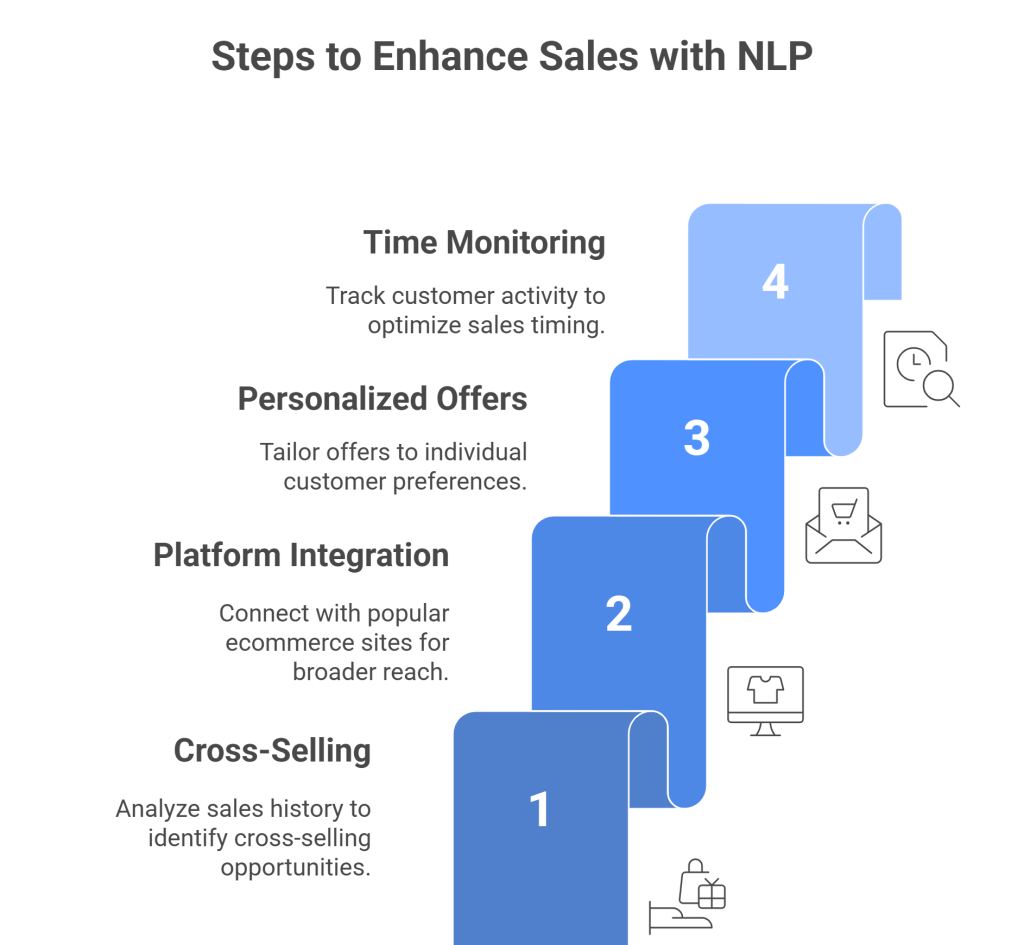
Voice shopping works especially well when people are busy—cooking, driving, working, or exercising. This opens up new times of day when people can shop.
3. IoT and Smart Devices
Smart home devices, appliances, and wearables can trigger purchases automatically. A smart washing machine can detect low detergent, predict when you’ll run out, and order more before that happens.
IoT devices monitor actual usage in real-time, making automatic reordering more accurate than calendar-based subscriptions. This precision means less waste and fewer missed deliveries.
4. Secure Payment Systems
Zero-click shopping requires payments that are both fast and secure. Modern systems use:
- Tokenization (replacing card numbers with secure codes)
- Biometric authentication (fingerprint, face recognition, voice)
- Background risk assessment
- Real-time fraud detection
These systems verify transactions in milliseconds without requiring passwords or manual verification—unless something looks suspicious.
5. AI Shopping Assistants
These are smarter than basic chatbots. They:
- Remember your preferences across conversations
- Proactively suggest purchases
- Learn your budget and brand preferences
- Handle complex multi-item orders
- Work across different devices and platforms
For businesses, AI assistants can manage procurement, vendor negotiations, and approval workflows with minimal human input.
6. Real-Time Inventory Management
Zero-click shopping needs accurate inventory data. When AI can trigger thousands of orders simultaneously, stock levels must update in real-time across all sales channels.
Advanced systems predict demand and position inventory before orders happen. This ensures automated purchases can actually be fulfilled.
7. API-First Architecture
Modern ecommerce platforms are built with APIs that let different systems connect easily. This means businesses can add zero-click features without rebuilding everything.
APIs allow voice assistants, IoT devices, payment systems, and logistics providers to work together seamlessly.
8. Omnichannel Integration
Zero-click shopping must work alongside traditional shopping—websites, mobile apps, physical stores, and marketplaces. Customers might:
- Research on desktop
- Order via voice assistant
- Modify through mobile app
- Pick up in-store
The backend systems must sync all these touchpoints without creating friction or inconsistency.
Also read Top 10 Key Features Every Ecommerce Application Needs in 2025
Business Benefits of Zero-Click Shopping
Higher Customer Value
Zero-click technology increases:
- Purchase frequency by 35-60%
- Average order values through smart recommendations
- Customer lifecycle by 2-3 years
- Revenue predictability through automated reordering
A customer who buys quarterly might shift to monthly or weekly purchases when it’s this easy.
Lower Operational Costs
Businesses report:
- 40-60% fewer customer service inquiries
- 50-70% less spending on cart abandonment recovery
- 30-45% better inventory turnover
- 25-35% lower marketing costs per transaction
- 20-30% more accurate demand forecasting
When AI handles routine tasks, teams can focus on complex issues and relationship-building.
Competitive Edge
Brands offering easy purchasing experiences attract customers from competitors. The habits customers build with your system—saved preferences, automated routines—make switching harder.
In markets where products are similar, the shopping experience becomes the main differentiator.
Better Customer Data
Zero-click systems generate detailed data about:
- True product preferences
- Actual consumption rates
- Price sensitivity
- Buying triggers
- Feature priorities
This intelligence enables better marketing, pricing, product development, and inventory planning.
Customer Lock-In
Once customers have taught your AI their preferences, integrated your system with their devices, and built routines around your platform, switching to a competitor requires significant effort.
Explore AI-Powered Personalization in E-commerce with Case Studies and Benefits
What’s Coming Next
1. Emotion-Aware Shopping
Future systems will analyze voice tone, facial expressions, and other signals to understand emotional states. They’ll adjust recommendations based on mood and recognize when someone is stressed and shouldn’t make big purchases.
2. Fully Automated Supply Chains
AI will orchestrate everything from production to delivery without human intervention. This will reduce delivery times from days to hours while lowering costs.
3. Custom Products On-Demand
Advanced manufacturing will let businesses create personalized products automatically based on individual preferences. Zero-click systems won’t just order existing products—they’ll specify custom configurations.
4. Blockchain Commerce
Decentralized platforms will automate transactions, dispute resolution, and reputation management through smart contracts. This will let small businesses compete with major platforms on equal technological footing.
5. AR Shopping Integration
Augmented reality will let people visualize products in their space and buy them through gesture controls, voice commands, or eye tracking—making the jump from consideration to purchase nearly instant.
6. Social Prediction
Social platforms will analyze engagement patterns to anticipate purchases before users express intent. Content from influencers could automatically trigger purchases for followers who’ve opted in.
Final Thoughts
Zero-click shopping is changing the relationship between customers and commerce. As AI, voice technology, IoT, and predictive analytics improve, purchasing is becoming automatic and effortless.
For businesses, this is becoming a requirement, not just an advantage. Customers experiencing easy purchasing from one brand will expect it from all brands. Companies that wait risk losing market position to faster competitors.
The technology is now accessible for businesses of all sizes. Cloud platforms, APIs, and pre-built integrations make implementation easier than ever. Early adopters are already seeing results in customer value, operational efficiency, and market position.
The shift to autonomous shopping is accelerating. Businesses that start building zero-click capabilities now will be best positioned for the next decade of retail.
Ready to implement zero-click shopping for your business? Mindster can help you build autonomous ecommerce solutions tailored to your customers’ needs. From AI-powered recommendations to voice commerce integration, we’ll help you stay ahead in the autonomous shopping revolution. Contact Mindster today to transform your ecommerce platform and deliver the frictionless experiences your customers expect.
Frequently Asked Questions
Yes. Modern autonomous commerce solutions use APIs designed for easy integration with Shopify, Magento, SAP Commerce Cloud, and custom platforms. You don’t need to rebuild your entire system. Implementation typically takes 6-12 weeks, and you can deploy features incrementally.
Systems include multiple safeguards: spending limits, confidence thresholds (only ordering when 90%+ certain), anomaly detection for unusual orders, easy returns for automated purchases, and clear notifications. Systems learn from corrections—if you cancel an order, future predictions improve. Most platforms achieve 95%+ accuracy within 30 days.
Enterprise systems use end-to-end encryption, payment tokenization, data minimization, user controls for preferences, and compliance with GDPR and CCPA. Many autonomous systems are actually more secure than traditional ecommerce because they eliminate password risks and phishing vulnerabilities. Biometric data stays on local devices, not in central databases.
Yes. B2B implementations include multi-level approvals based on amount and category, integration with procurement and ERP systems, budget tracking, compliance verification, and vendor management. Autonomous systems handle routine reorders automatically while routing non-standard purchases through proper approval chains.
Cloud-based platforms scale elastically. They handle traffic spikes, process millions of predictions simultaneously, improve with more data, support multi-regional operations, and offer usage-based pricing. The architecture lets you scale specific features independently without over-provisioning. Platforms support growth from thousands to millions of customers without requiring rebuilds.
- Agentic AI1
- Android Development3
- Artificial Intelligence31
- Classified App3
- Custom App Development5
- Digital Transformation12
- Doctor Appointment Booking App14
- Dropshipping1
- Ecommerce Apps40
- Education Apps2
- Fintech-Apps37
- Fitness App4
- Flutter4
- Flutter Apps20
- Food Delivery App5
- Grocery App Development1
- Grocery Apps3
- Health Care10
- IoT2
- Loyalty Programs9
- Matrimony Apps1
- Microsoft1
- Mobile App Maintenance2
- Mobile Apps126
- Product Engineering6
- Progressive Web Apps1
- React Native Apps2
- Saas Application2
- Shopify9
- Software Development3
- Taxi Booking Apps7
- Truck Booking App5
- UI UX Design8
- Uncategorized6
- Web App Development1









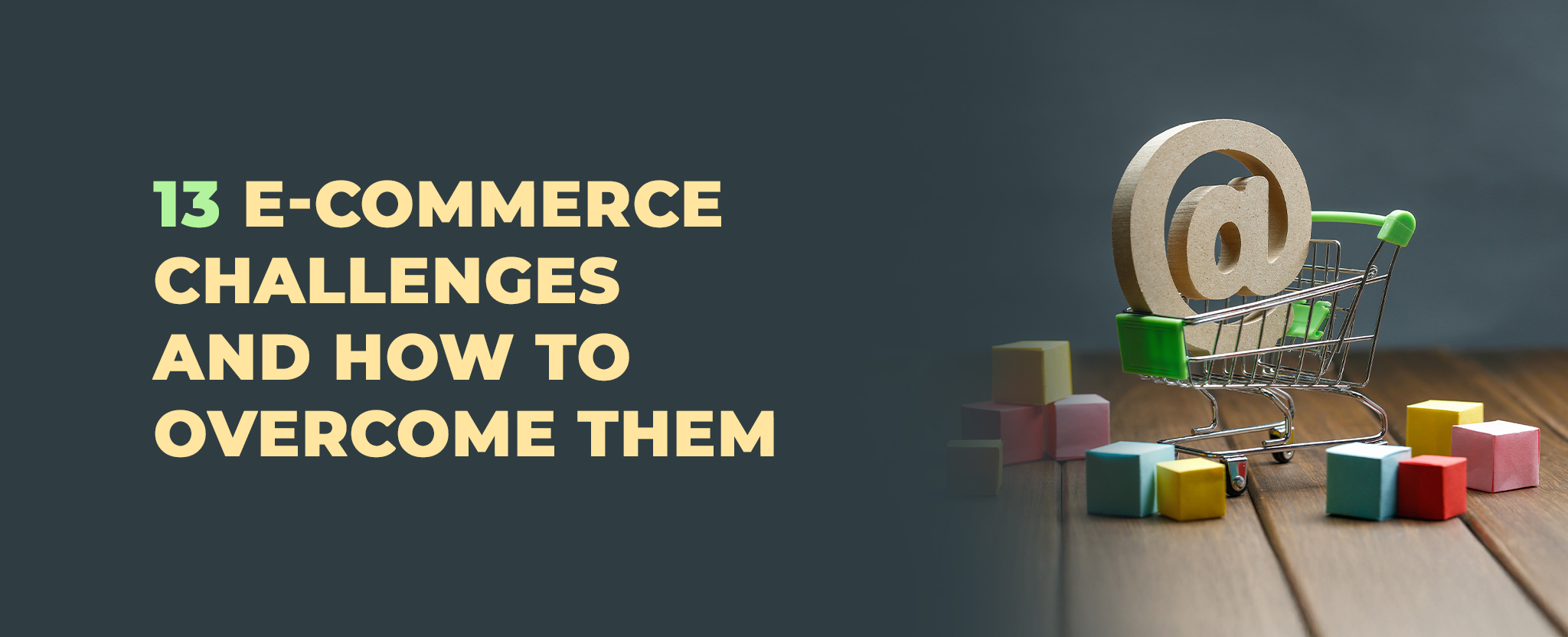
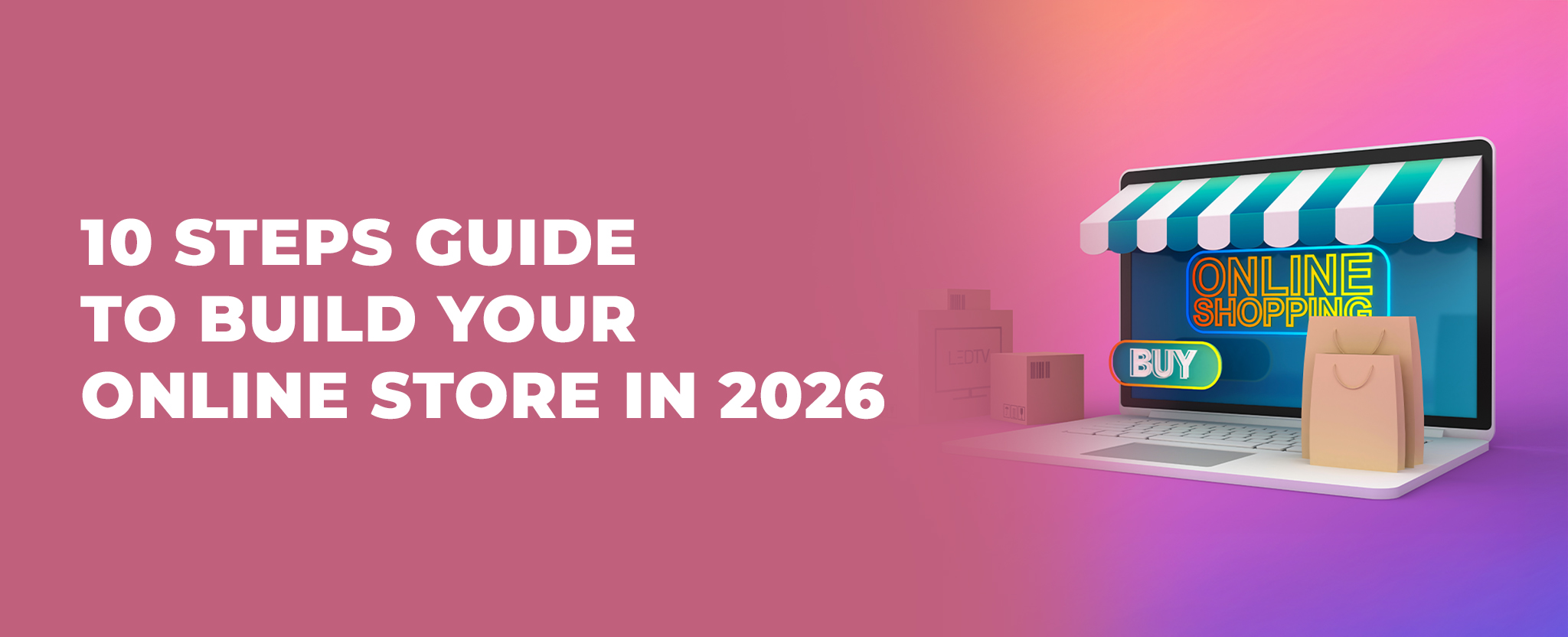
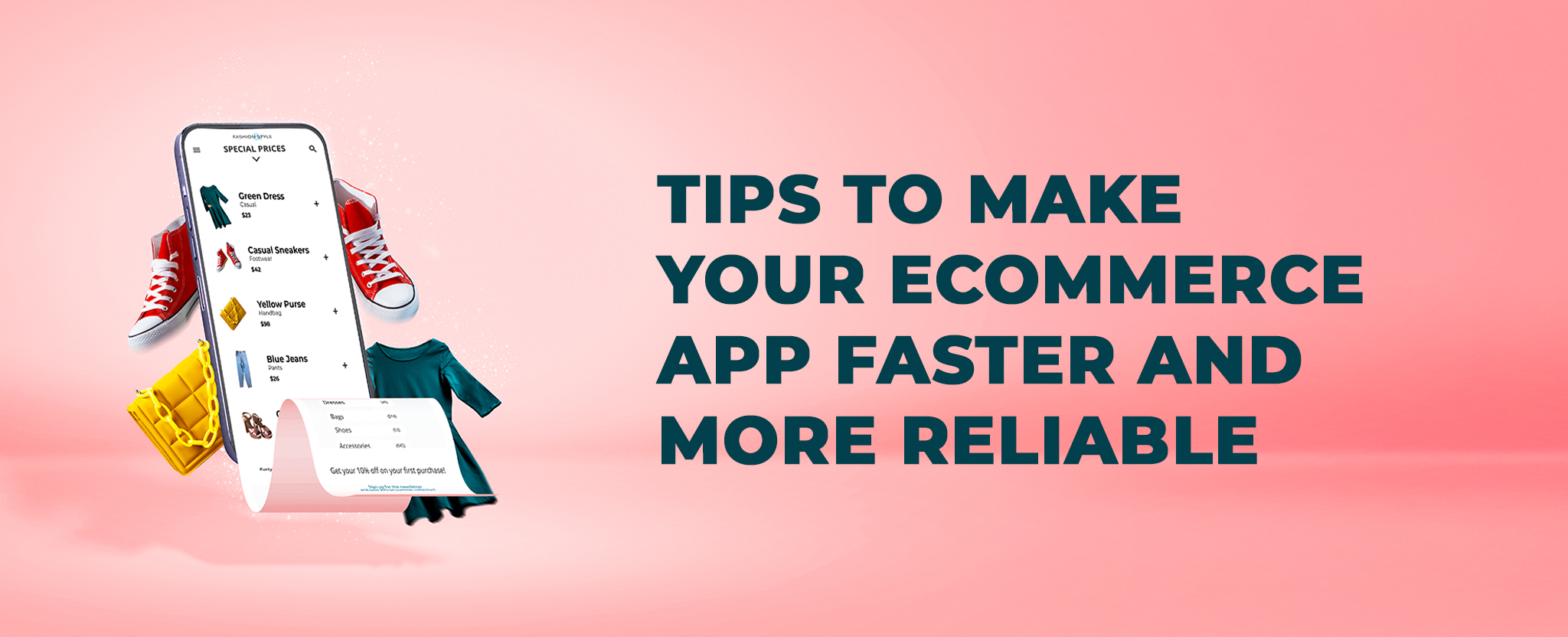
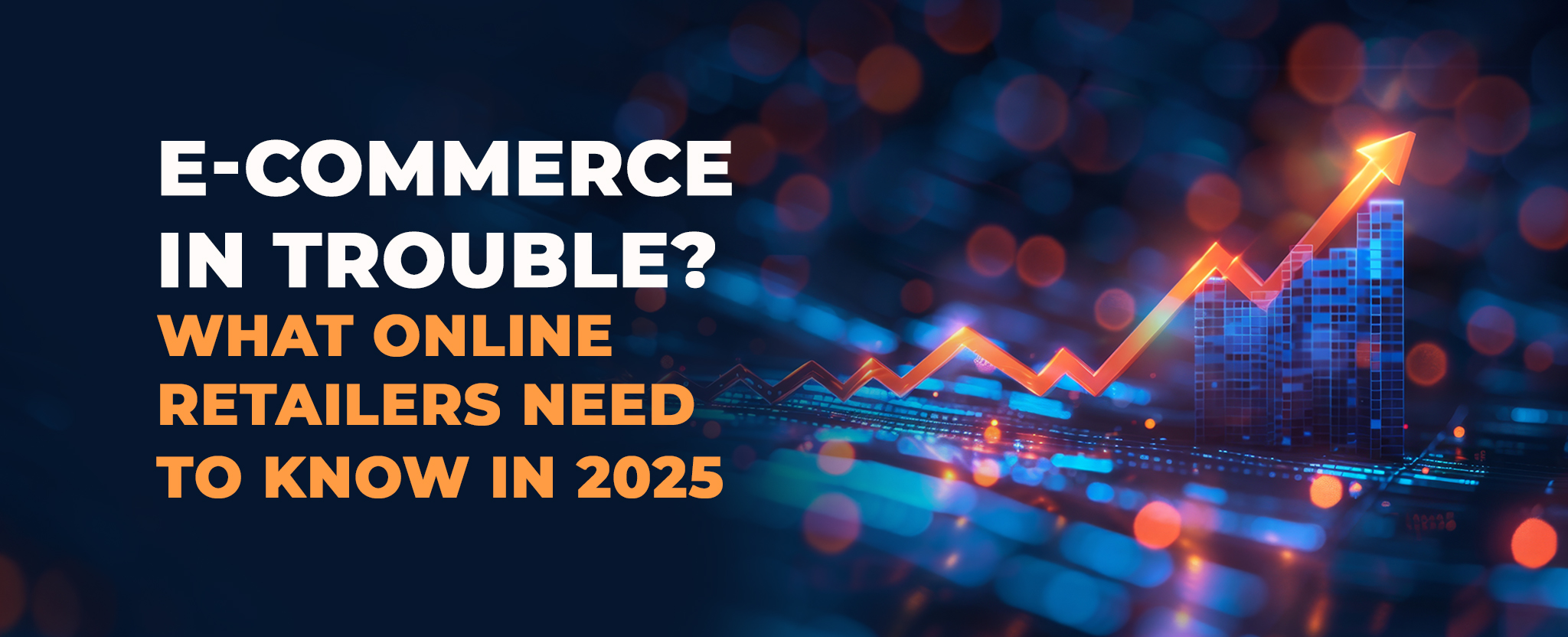






Comments